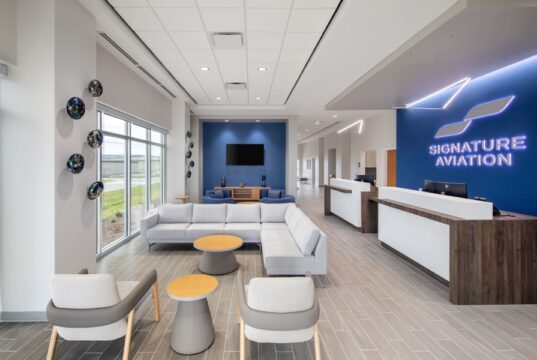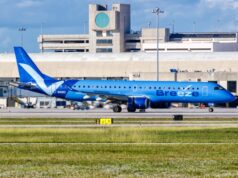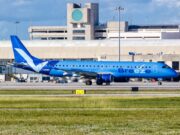“The ability to modify your way of interacting with your crew, dictateshow painless or how strenuous your aviation career will be.” – Jose Vega

One of the most difficult, yet simple things in life, is human interaction. As a member of the crew, we must interact efficiently with each other and also with all the people around us so the operation runs successfully. Without a doubt, this is one of the most important yet often overlooked, aspects of CRM.
As a first officer with a regional airline, I fly with hundreds of captains. I’ve had my share of great captains and very few not so great ones. One might even fly with a couple of different captains in a day. Every captain’s way of running the cockpit is a little different – not dramatically different because of our training, but certain aspects of how the operation will run when the door closes will vary. Every pilot has little unwritten things done their own way. For example, after landing, when turning the APU on, we sometimes switch the APU bleed to off. This is done by some because in our plane you get a quick whiff of burnt fuel through the ventilation system. In our company, it’s not written anywhere that this should or should not be done. The problem arises when this is done with a captain who doesn’t. You could hear about it. I have been chewed out a time or two. Rule of thumb: Stick to the company procedures and when in doubt, ask.
Sometimes a little juggling will be necessary, like when you’re handling two frequencies, switching runway assignment, preparing the FMS, sending for performance data for the new runway, starting the remaining engine, running the checklists, calling flight attendants, etc., all while taxiing and looking for other planes. Sometimes you don’t have the luxury of stopping or getting all of this done before you move. You’ll need to be a chameleon, and to adapt and overcome. The aviator must have flexibility within their skill-set. With time you will cultivate a good sense of how the majority of crews handle things and you will develop that second nature. Then, you will just have to modify the little things among the big. This is what flying is all about; adapting to every challenge that presents itself.
In rare cases, simply being flexible may not be enough. When a problem arises, the first course of action is to talk it through with other involved parties. Most of the time this takes care of the problem and nothing more need be done. But. if talking it through doesn’t resolve the issue, the next step would be talk to your company’s professional standards office. Beyond that, go to someone at your local Union. If all else fails, you’ll need to talk to your chief pilot. Because communication in the cockpit is paramount, it cannot break down!
The bottom line here is to remember that everyone is different. We all fly together and each of us develop our own habits of operating within our confined, little world. Always take into account each other’s processes to work together toward the goal of completing the flight successfully and safely.






















































































































